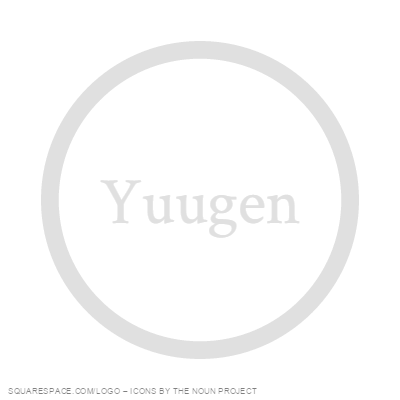Tsukiji Honganji, sometimes romanticized to Chinese origins with the spelling Hongwanji, is a massive hybrid temple representing the Jodo Shinshu denomination. Moved to its present location in the 17th century to the town of Tsukiji near the popular shopping city of Ginza in Tokyo, it was rebuilt into what it is today following the 1922 Great Kanto Earthquake. Tsukiji Honganji was designed by an architecture professor from Tokyo University with the intent on hearkening back to the origins of Buddhism in India for the exterior while maintaining a very Japanese interior. Construction began in 1931 and was finished in 1934.
For the casual: 9. For the educated: 7.
I have to start off with my beef against Tsukiji Honganji before I move on to praising its beauty. My beef comes with its lack of a Goshuin. Now some of you might think, "Dude, it's just a little scribble in a notebook." Yes, you're right in that regard, and I don't mind if they don't have a Goshuin though I would still like one, my issue comes with their solution to the growing interest in Goshuin. At Tsukiji Honganji, there is a sign which says that they don't have a Goshuin but have their own stamps for visitors to use. Good solution you might think; WRONG!! The stamps are nice, but the ink is this atrocious fuchsia which insults the beauty of all the other Goshuin you have collected so far.
Ok I'm done. Why should you go? It's friggin' beautiful. The exterior is amazing and the intricate details of the interior take your breath away. And say you feel like after your visit (or before) you want to find some other cool stuff in the area. Well don't fear good tourists, you happen to be in the biggest and most famous fish market IN THE WORLD!!! Get there early enough in the morning and you might be able to walk away with a premium slice of whatever fish you want. Don't want to wake up that early? All good because all of that fresh fish gets sold to the multitude of restaurants in the market area providing some of the best Japanese food you could ask for. So have some fun!
Update: Sadly, the fish market is no longer in the Tsukiji area but instead further east in Toyosu, a town 2 kilometers (a little over a mile) east of the old market. However, not all the merchants moved to the new location so restaurants and local stalls are still present offering delicious food.
